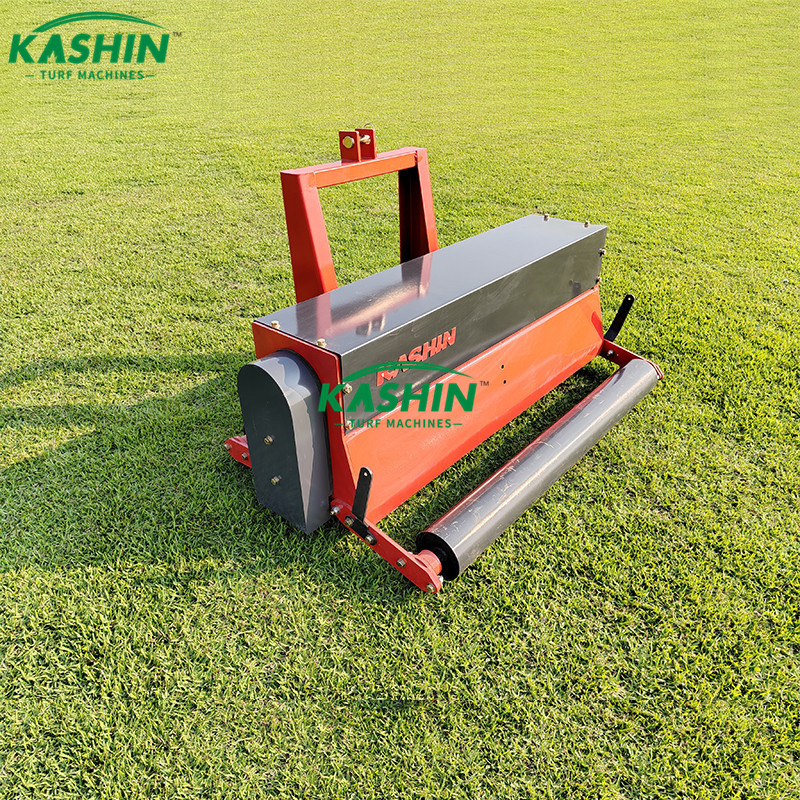1. The “One-Third” Rule for Mowing Grass
Cutting the grass no more than one-third of the height of the blades will help roots grow quickly, ultimately resulting in a thick, healthy lawn. The “rule of thirds” means that the time between mowing must be shortened during the lawn’s peak growth period. The correct mowing height keeps your lawn healthy and better resistant to weeds and diseases.
2. Make full use of grass clippings
Using a grass mulch machine to grind grass clippings into powder can provide nutrients for the lawn.
3. Timing to remove primary weeds
The best time to remove weeds is early in their growth. The best time to control weeds is before seven leaves.
4. Debugging lawn mowing equipment
Be sure to keep the blade of your lawnmower sharp. To ensure a smooth cutting edge, regularly check the blades for wear and adjust the height of the mower wheels. In addition, the lawnmower’s oil, air filter and spark plug should be replaced promptly according to the instructions in the maintenance manual, and stabilizers should be added to the fuel to reduce exhaust emissions.
5. Water early in the morning
Watering between 4 and 9 o’clock in the morning can ensure that the lawn’s moisture does not completely evaporate after the sun rises. Watering in the early morning can avoid watering the lawn at night and making it susceptible to disease due to moisture.
6. Purchase high-quality grass seeds
There are also considerations when buying grass seeds. When purchasing, you should pay attention to the proportion of weed seeds marked on the packaging bag (the proportion of weeds contained in a bag of grass seeds). Grass seeds with a weed seed ratio of less than 0.1% are high-quality grass seeds. It is not advisable to buy grass seeds that do not indicate the proportion of weed seeds in the grass seeds on the packaging bag.
7. Avoid excessive fertilization and pesticide application
Avoid exceeding the prescribed dosage when fertilizing, sowing, using herbicides and pesticides.
8. Pay attention to protecting the environment
Take steps to reduce the amount of waste your lawn mower produces, such as changing the engine’s oil and air filter after every 25 hours of operation, using leak-proof containers, and avoiding tilting the mower with a full fuel tank.
Post time: Jul-17-2024
